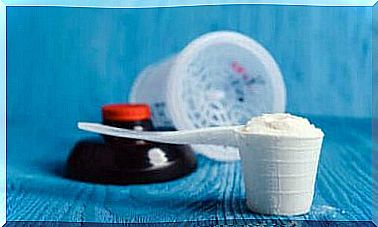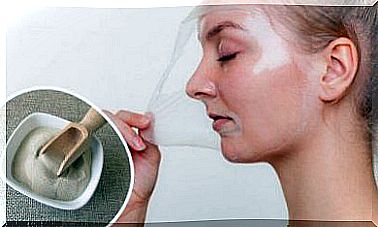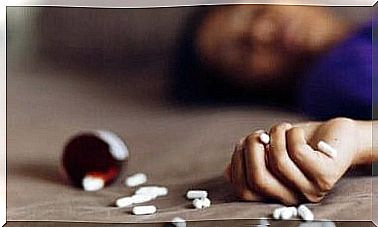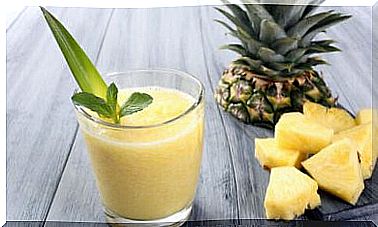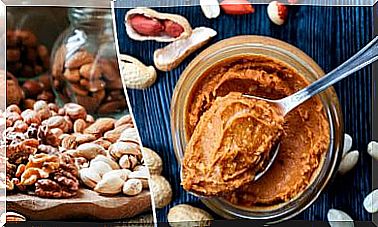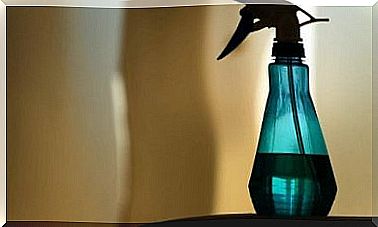Hand, Foot And Mouth Disease: What Do I Do?
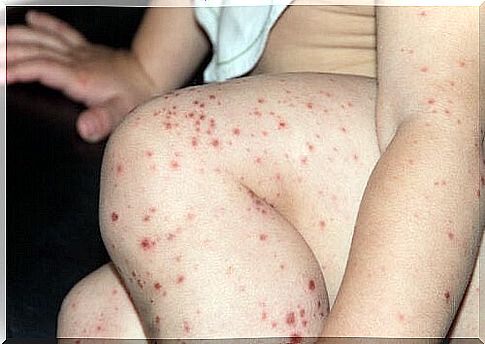
There has been an increase in outbreaks of Hand, Foot and Mouth Disease (Coxsackievirus) in recent years and the virus can infect both children and adults.
The Coxsackie virus has its name from New York where it was discovered and examined for the first time.
- The disease occurs worldwide.
- In countries with tropical climates, you can be infected at any time of the year.
- In countries with four different seasons, on the other hand, the risk of infection is greatest in summer and autumn.
What is Hand, Foot and Mouth Disease?

Coxsackievirus is better known as hand, foot and mouth disease as the main symptoms are expressed through rashes on the patient’s palm, sole of the foot and around and inside the mouth.
Coxsackievirus is a virus that belongs to the entertovirus group. This group of viruses infects humans and can cause a number of diseases, including polio and hepatitis A.
Although coxsackievirus has been detected in elderly patients, it occurs mainly in children under 12 years of age.
There are two types of coxsackievirus, type A virus and type B virus, although the symptoms are similar.
What are the most common symptoms of hand, foot and mouth disease?

Many of the children who become infected with the virus show no signs of symptoms. Among the more general symptoms that may be related to a possible viral infection, we find:
- Headache
- Sores and sore throat
- Fever over 38 ° C
- Nausea
- Abdominal pain
- Poor appetite
There are also other symptoms that are caused solely by the coxsackievirus, such as:
- Formation of small blisters on feet and hands that are very sensitive to touch.
- Formation of blisters in the throat, palate and inside of the cheeks, often accompanied by redness.
- Irritation of the sclera (white membrane that covers the eye), which causes photosensitivity and inflammation.
How is Coxsackievirus transmitted?
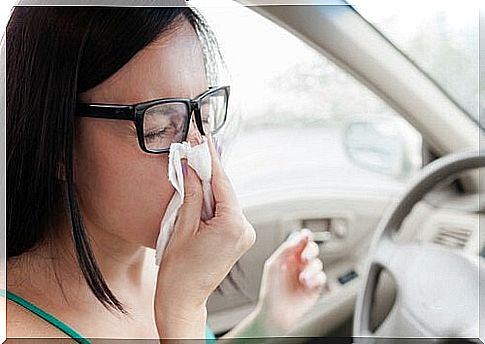
The virus is found in any environment, and it can be transmitted through the respiratory tract.
However, there are other ways to get infected, such as:
- Touch of mucous membranes (eyes, nose or mouth), after coming into contact with contaminated surfaces.
- Being in direct contact with mucous membranes in an infected patient.
- Getting in direct contact with the feces of an infected patient.
- To come into direct contact with the fluids excreted from the patient’s bladder.
This virus is viable for up to 3 days on the surfaces where it is present. Children are most likely to be infected in kindergarten or school.
As the incubation period can vary from 3 to 7 days, it is difficult to know if you have been infected before this time has passed.
Treatment to counteract the symptoms of hand, foot and mouth disease
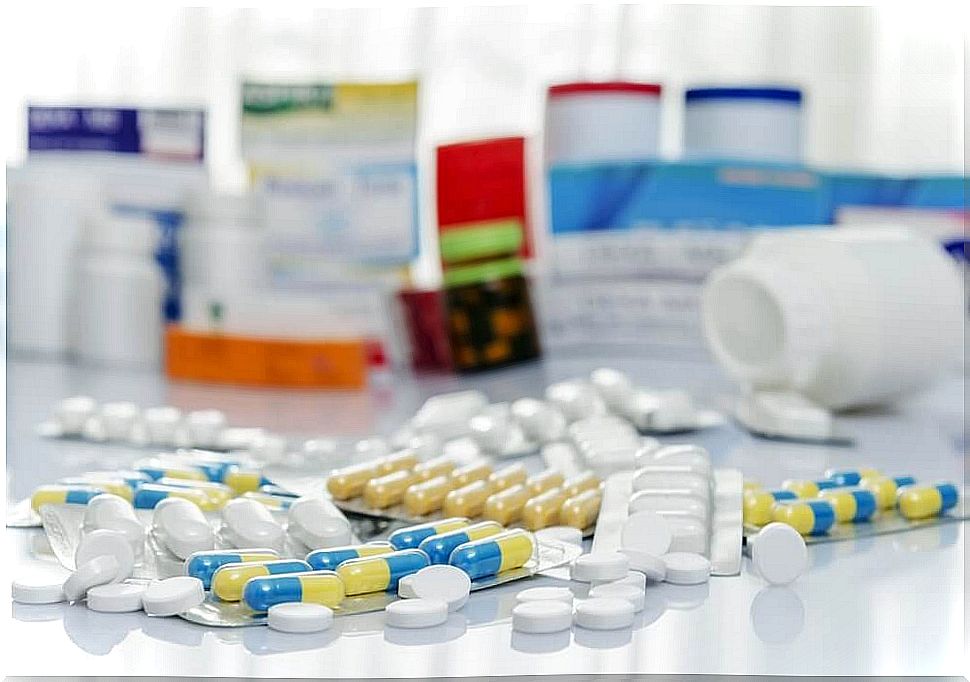
There is no specific treatment to fight hand, foot and mouth disease as the body itself is able to fight and get rid of the virus.
Although all symptoms disappear after about 7 days, there are medications and remedies that can relieve the worst symptoms.
Medical treatments for use in hand, foot and mouth disease
- To reduce the fever, paracetamol or ibuprofen can be used. These are bought without a prescription at pharmacies.
- Only if the coxsackievirus-infected patient is an adult can aspirin be given. This will help counteract the symptoms.
Home remedies to treat coxsackievirus
- To reduce the fever, you can put a warm cloth or a hot water bottle on your head, hands and feet.
- Disinfecting the body with alcohol is an excellent idea. However, contact with wounds or cuts on the skin should be avoided.
- A bath with chamomile herbs can help reduce rashes and blisters on the skin.
- Drinking plenty of fluids will help the body to be adequately hydrated and better able to fight the virus.
- Hot water with basil can be drunk as an herbal tea.
Ingredients
- 6 basil leaves
- 1 cup water (250 ml)
Approach
- Boil water. When the water boils, put the basil leaves in the water.
- Set the water aside for 15 minutes to allow the leaves to soak into the water.
- Strain the water into a cup and drink.
How to prevent hand, foot and mouth disease?
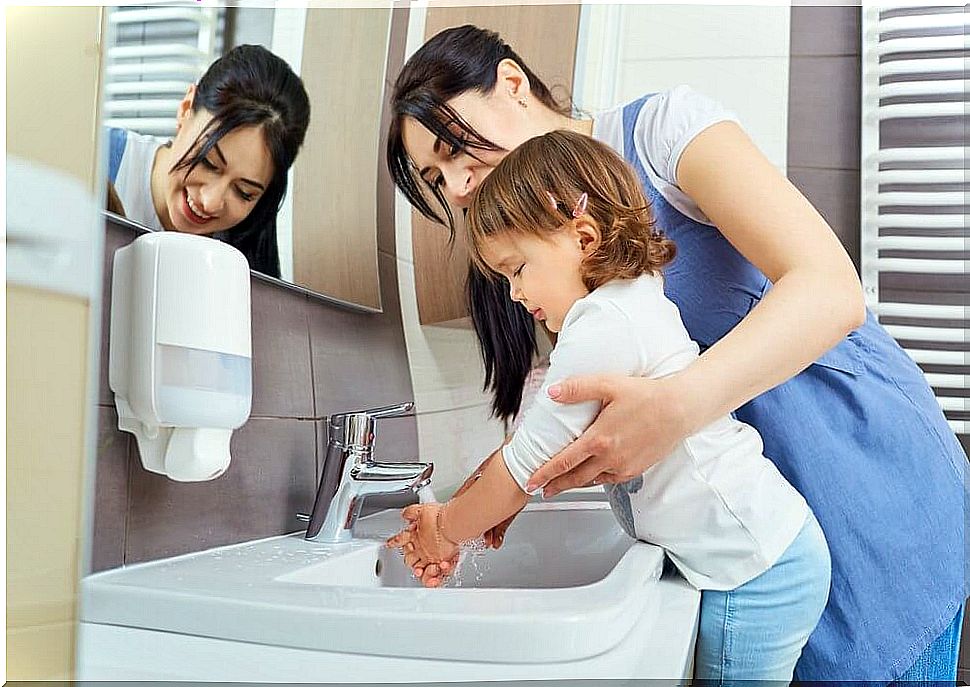
There is no effective way to prevent the virus, as the virus is everywhere and the risk of infection is high.
However, the best way to reduce the risk of infection is to teach our children basic hygiene.

